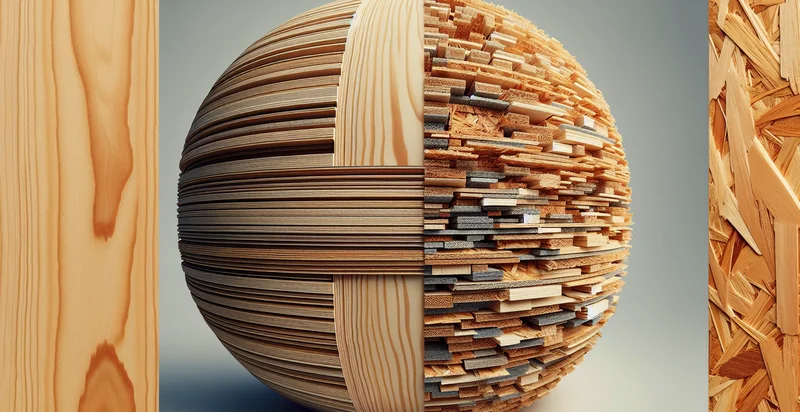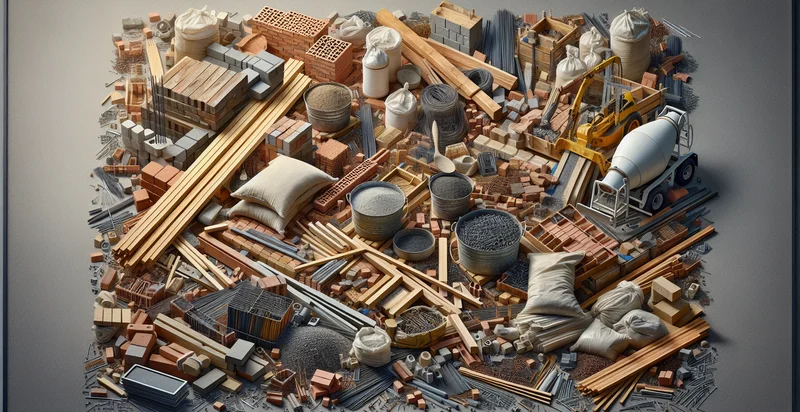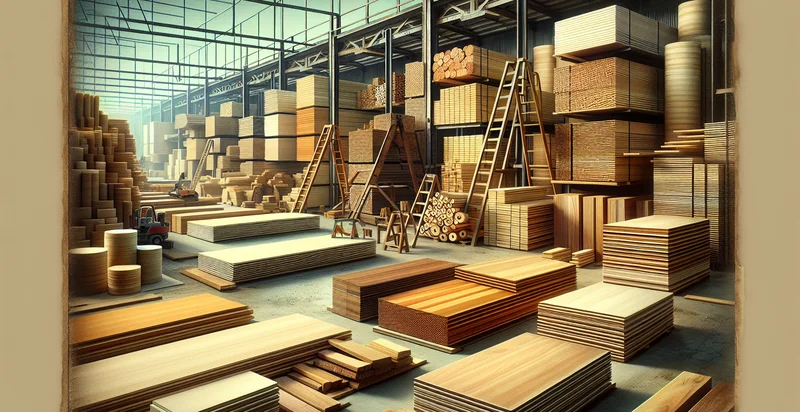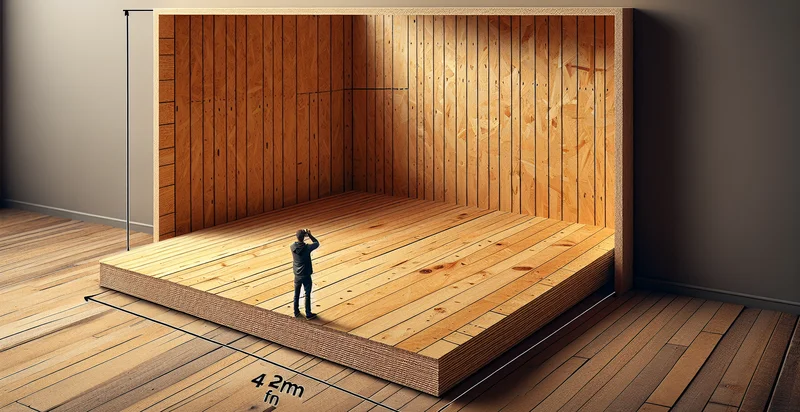Identify plywood vs osb
using AI
Below is a free classifier to identify plywood vs osb. Just upload your image, and our AI will predict if the material is plywood or OSB. - in just seconds.

Contact us for API access
Or, use Nyckel to build highly-accurate custom classifiers in just minutes. No PhD required.
Get started
import nyckel
credentials = nyckel.Credentials("YOUR_CLIENT_ID", "YOUR_CLIENT_SECRET")
nyckel.invoke("plywood-vs-osb", "your_image_url", credentials)
fetch('https://www.nyckel.com/v1/functions/plywood-vs-osb/invoke', {
method: 'POST',
headers: {
'Authorization': 'Bearer ' + 'YOUR_BEARER_TOKEN',
'Content-Type': 'application/json',
},
body: JSON.stringify(
{"data": "your_image_url"}
)
})
.then(response => response.json())
.then(data => console.log(data));
curl -X POST \
-H "Content-Type: application/json" \
-H "Authorization: Bearer YOUR_BEARER_TOKEN" \
-d '{"data": "your_image_url"}' \
https://www.nyckel.com/v1/functions/plywood-vs-osb/invoke
How this classifier works
To start, upload your image. Our AI tool will then predict if the material is plywood or OSB..
This pretrained image model uses a Nyckel-created dataset and has 2 labels, including Osb and Plywood.
We'll also show a confidence score (the higher the number, the more confident the AI model is around if the material is plywood or OSB.).
Whether you're just curious or building plywood vs osb detection into your application, we hope our classifier proves helpful.
Related Classifiers
Need to identify plywood vs osb at scale?
Get API or Zapier access to this classifier for free. It's perfect for:
- Construction Materials Quality Control: This function can be employed in manufacturing facilities to automatically classify plywood and OSB (oriented strand board) as they are produced. By integrating the classification system into quality control processes, manufacturers can ensure they meet product specifications, thereby reducing waste and improving product integrity.
- Supply Chain Optimization: Distributors can use the identification system to quickly sort materials at warehouses and improve inventory management. Knowing the precise type of board can facilitate quicker decision-making regarding storage, transportation, and order fulfillment, leading to overall supply chain efficiency.
- Automated Pricing Strategies: Retailers can implement true image classification to dynamically adjust pricing based on the identification of plywood versus OSB. Since market demand and pricing can differ between these materials, having the ability to accurately identify and categorize them can enhance pricing strategies, maximizing profit margins.
- Construction Site Material Verification: Contractors can utilize the classification system for verifying the types of materials received on-site. This ensures that subcontractors are using the correct materials for the specified application, reducing the likelihood of costly material mismatches during the construction process.
- Smart Home Improvement Applications: App developers can integrate this image classification function into DIY or home improvement applications, allowing consumers to easily identify materials in-store or online. Shoppers can upload photos of boards for instant classification, helping them make informed purchasing decisions.
- Research and Development for New Composites: R&D departments in material sciences can leverage the classification system to analyze and compare properties of plywood and OSB in experimental applications. Accurate differentiation can help engineers and material scientists develop new composite materials or improve existing ones based on performance data gleaned from classified images.
- Recycling Facilities Sorting Automation: Recycling plants can implement this function to automate the sorting process of wood-based materials. By distinguishing plywood from OSB, facilities can streamline the recycling process, ensuring that materials are processed correctly and enhancing the overall sustainability efforts in the wood industry.


